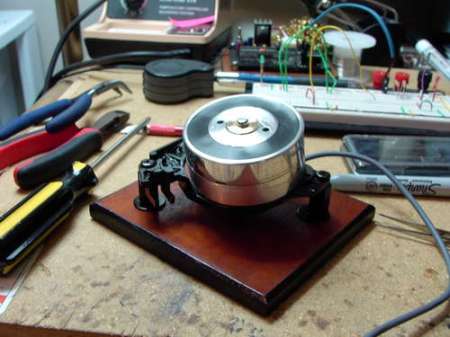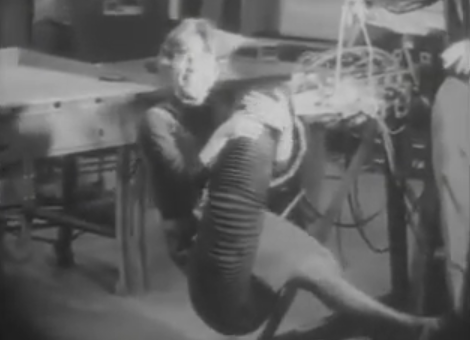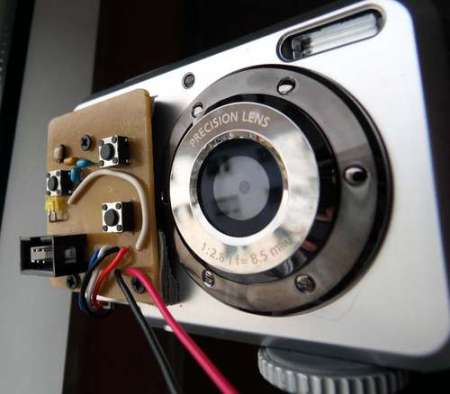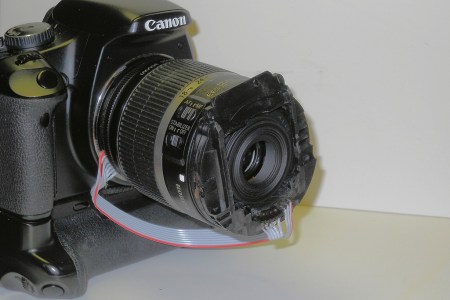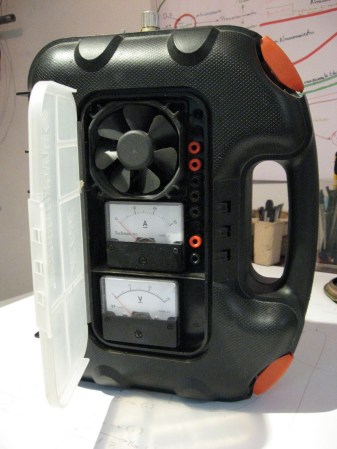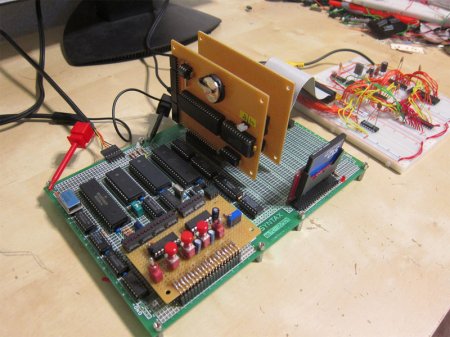
[Matt Sarnoff] is designing his own 8-bit computer from scratch. This means not only designing the hardware but also writing his own kernel and custom libraries. Since we last saw this 8-bit machine hes added both video and sound output which has allowed him to start developing some software for his computer (see it play Conways game of life after the break).
Sticking with the retro theme of his computer he uses a TMS9918 chip to output the video and a YM2149 for audio. The YM2149 was the audio chip used in the Atari ST allowing him to play songs generated for that system with a little bit of hacking to account for the fact that the Atari ST ran at 8MHz where his Motorola 6809 only runs at 2MHz.
Via [Retro Thing]

